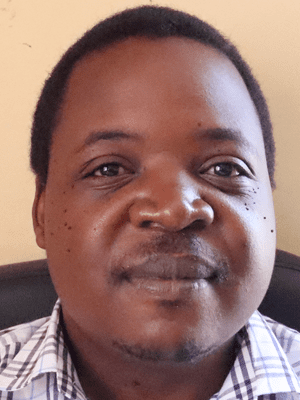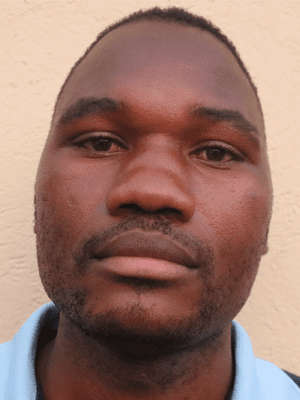Community Visioning
Welcome to our Community Visioning Section!
Takunda believes that the power to sustainable development lies within the communities we serve. As such, the project is committed to fostering a shared vision that reflects the aspirations and needs of each community. Through the process of community visioning, we aim to create a roadmap for positive change, inclusive development, and partnerships. Community visioning is an inclusive and participatory process that brings community members together to envision their desired future. It provides a platform for individuals from different socio-economic backgrounds, ages, and perspectives to come together, exchange ideas, and collectively shape the future they desire. This collective process harnesses the ideas, strengths, potential, and diversity of each community to create a sustainable future for all.
Why is Community Visioning Important?
Takunda’s Approach to Community Visioning
Why is Community Visioning Important?
Community visioning has enabled communities to focus on their long-term aspirations. It has helped to:
-
-
-
- Foster a common sense of unity and shared purpose within communities.
- Identify and set key priorities and issues that matter most to communities.
- Provide a guiding framework for informed decision-making that considers social, economic, and environmental considerations for sustainable development.
- Empower communities to be drivers of their own development processes.
-
-
Takunda’s Approach to Community Visioning
Takunda believes that everyone’s voice matters. The community visioning process is designed to ensure inclusivity, gender sensitivity, transparency, active participation, respect for diversity, and a commitment to collaboration among all community members. The process employs a wide range of tools and techniques that give all community members the opportunity to contribute and be heard. This process leads to the development of a Community Action Plan, where the following steps are well articulated;
-
-
-
- Situational Analysis: Seeks to understand where the community is now to identify community values, agricultural and livelihood activities, assets, and resources to map options and opportunities for the future.
- Trends Analysis: Seeks to understand recurrent issues within the community that affect their socio-economic well-being. These trends include key historical events and seasonal changes which are then used to obtain trend data and determine probable scenarios for scenario planning.
- Vision Development: Communities identify and interrogate possible scenarios to develop a shared vision statement and key goals based on where they want to be (collective aspirations).
- Action Planning: Communities identify specific actions, strategies, and partnerships required to turn the vision into a reality. They develop an action plan that outlines the steps, timelines, and responsibilities for implementation.
- Implementation, monitoring and evaluation: The community uses its own resources and also engages other stakeholders to implement their action plans. They also develop monitoring and evaluation plans to assess progress on their own and take corrective action. This process is led and wholly driven by the community through an elected committee, named Community Led Monitoring and Evaluation Committee (CLME committee). This committee has defined roles and obligations to see through the implementation of sustainable initiatives, accountability and transparency of all relevant stakeholders, empowerment, and ownership of own development by communities. The committee reports to the ward development committee led by the councilor.
-
-
Meet The Technical Team
CEPHAS CHIKWAVAVA
Community Visioning Specialist

CALORINE MADANZI
Community Visioning Specialist
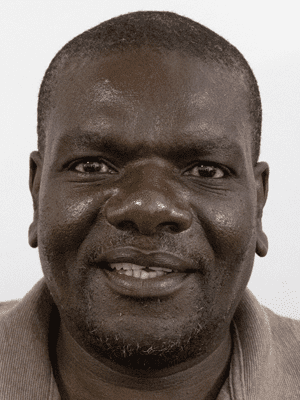
REGINALD SITHOLE
Community Visioning Lead
Meet The Supporting Team
KAIZER MAKOPE
Community Visioning Assistant
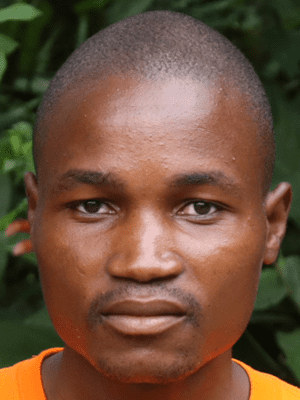
KNOWLEDGE BUWERIMWE
Community Visioning Assistant
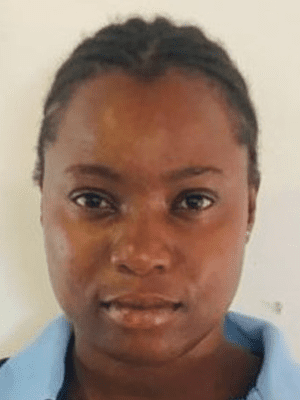
SHINGIRIRAI MASHANGU
Community Visioning Assistant
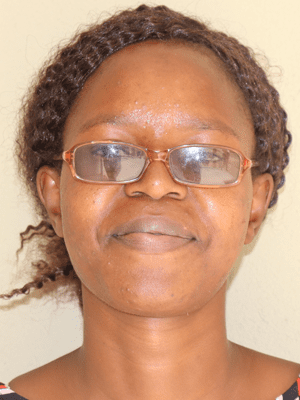
YEMURAI MKONDO
Community Visioning Assistant


